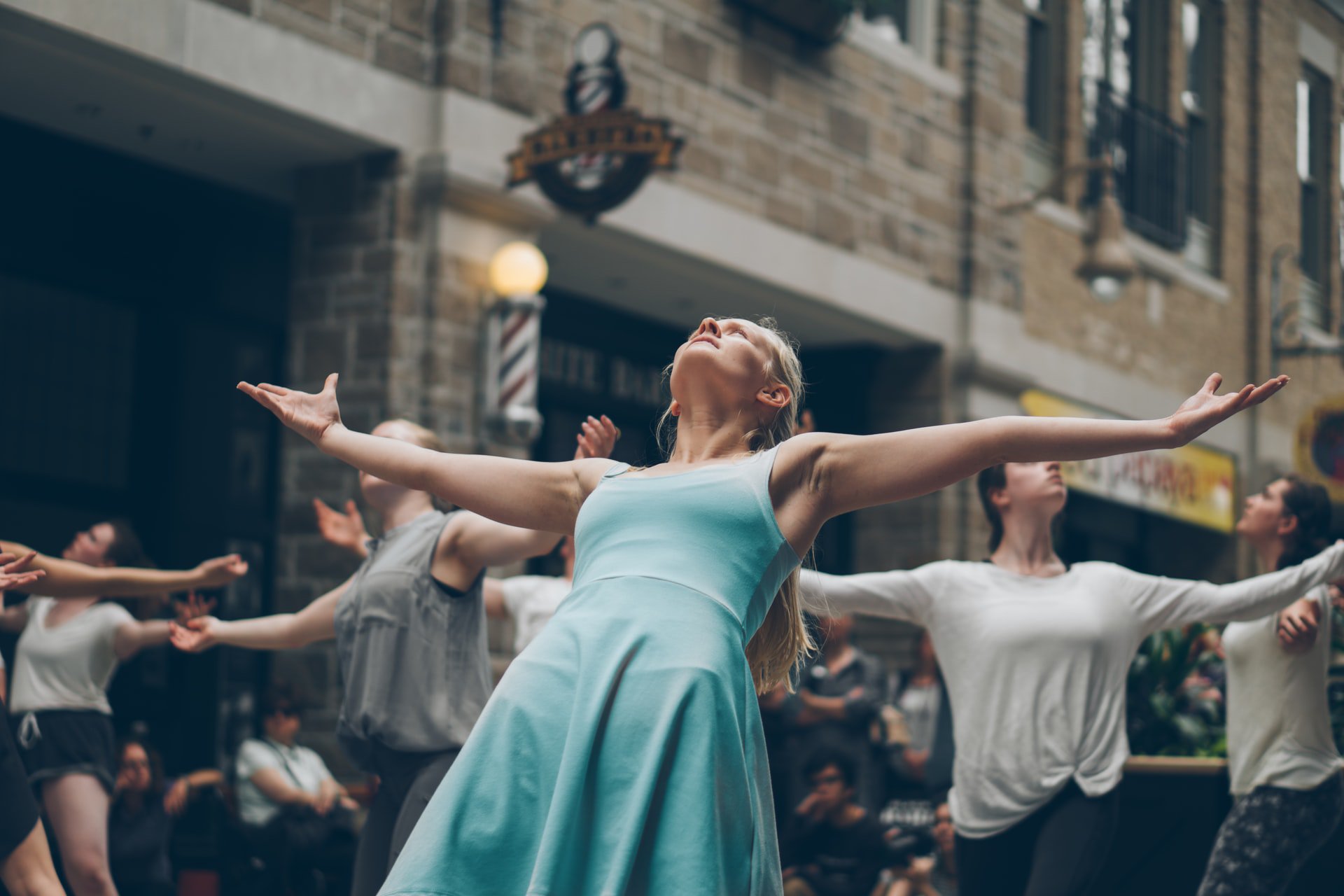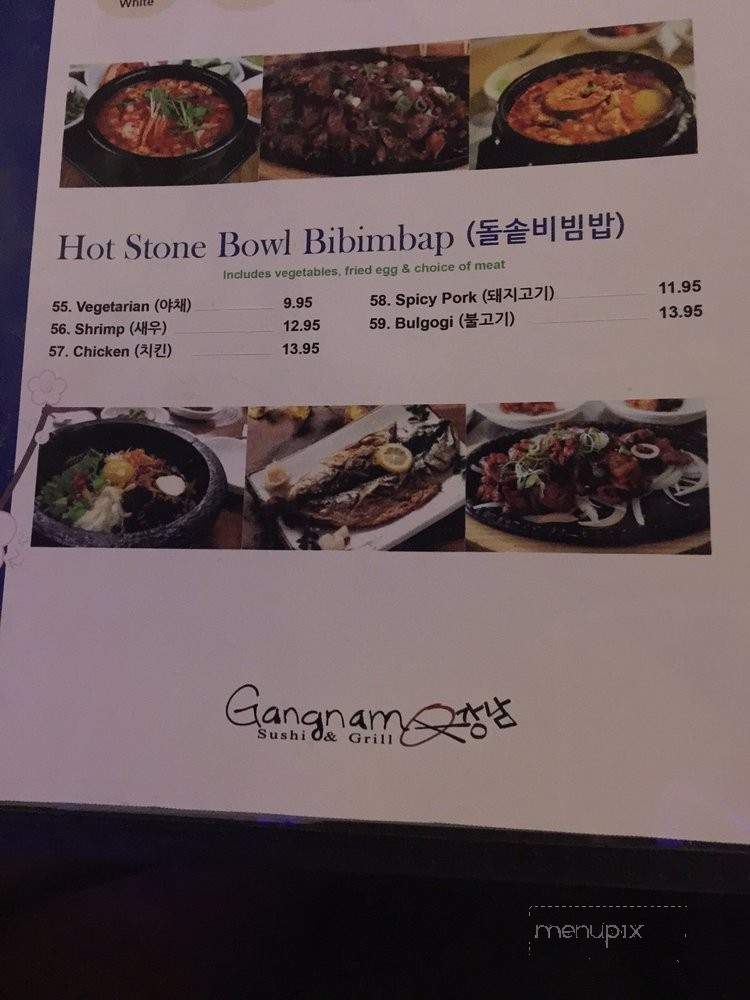
Hawaii: Haleakalā National Park, Maui Kona Puʻu ʻŌʻō, Hawaiʻi Volcanoes National Park.California: Big Sur Los Angeles Santa Cruz (chicken farm scenes).Arizona: American Express, Phoenix Canyon de Chelly National Monument, Chinle Davis–Monthan Air Force Base, Tucson Peabody coal mine, Black Mesa Phoenix.Kenya: Lake Magadi Mara Kichwan Tembo Manyatta Mara Rianta Manyatta Maasai Mara.Egypt: Cairo City of the Dead Giza pyramid complex Karnak temple, Luxor Ramesseum.
#Chennai express tempe menu movie
The movie was filmed at 152 locations in twenty-four countries. Roger Ebert included the film in his "Great Movies" list, writing: "If man sends another Voyager to the distant stars and it can carry only one film on board, that film might be Baraka." Filming Also shot in 70 mm, Samsara explores an arguably darker, updated version of many of the same themes as Baraka.īaraka holds a score of 81% on Rotten Tomatoes out of twenty-six reviews. Chicago Sun-Times critic Roger Ebert described the Blu-ray release as "the finest video disc I have ever viewed or ever imagined." Sequel Ī sequel to Baraka, Samsara, made by the same filmmakers, premiered at the 2011 Toronto International Film Festival and released internationally in August 2012. At the time, project supervisor Andrew Oran described the reissue of Baraka as "arguably the highest-quality DVD that's ever been made". After a 16-month digital intermediate process, including a 96 kHz/24-bit audio remaster by Stearns for the DTS-HD Master Audio soundtrack of the film, the result was re-released on DVD and Blu-ray Disc in October 2008. The automated 8K film scanner, operating continuously, took more than three weeks to finish scanning more than 150,000 frames (taking approximately twelve to thirteen seconds to scan each frame), producing over thirty terabytes of image data in total. Reissue įollowing previous DVD releases, in 2007 the original 65 mm negative was rescanned at 8K resolution with equipment designed specifically for Baraka at FotoKem Laboratories. In 2019, German composer Mathias Rehfeldt released the concept album Baraka, inspired by the events of the movie. Subramaniam, Ciro Hurtado, Inkuyo, Brother, Anugama & Sebastiano, and David Hykes. The score is by Michael Stearns and features music by, among others, Dead Can Dance, L. See also: Baraka: Music from the Original Motion Picture Soundtrack It suggests a universal cultural perspective: a shot of an elaborate tattoo on a bathing Japanese yakuza precedes a view of tribal paint.

The film features a number of long tracking shots through various settings, including Auschwitz and Tuol Sleng, over photos of the people involved, past skulls stacked in a room, to a spread of bones. Locations featured include the Church of the Holy Sepulchre in Jerusalem, the Ryōan temple in Kyoto, Lake Natron in Tanzania, burning oil fields in Kuwait, the smouldering precipice of an active volcano, a busy subway terminal, the aircraft boneyard of Davis–Monthan Air Force Base, tribal celebrations of the Maasai in Kenya, and chanting monks in the Dip Tse Chok Ling monastery. A Todd-AO system was used to shoot conventional frame rates, but to execute the film's time-lapse sequences Fricke had a special camera built that combined time-lapse photography with perfectly controlled movements. Two camera systems were used to achieve this. Shot in 70 mm, it includes a mixture of photographic styles including slow motion and time-lapse. Fricke was cinematographer and collaborator on Reggio's film, and for Baraka he struck out on his own to polish and expand the photographic techniques used on Koyaanisqatsi. The film is Ron Fricke's follow-up to Godfrey Reggio's similar non-verbal documentary film Koyaanisqatsi. The film is named after the Sufi concept of baraka, meaning blessing, essence or breath.

It explores themes via a compilation of natural events, life, human activities and technological phenomena shot in 24 countries on six continents over a 14-month period. Baraka is a documentary film with no narrative or voice-over.


 0 kommentar(er)
0 kommentar(er)
